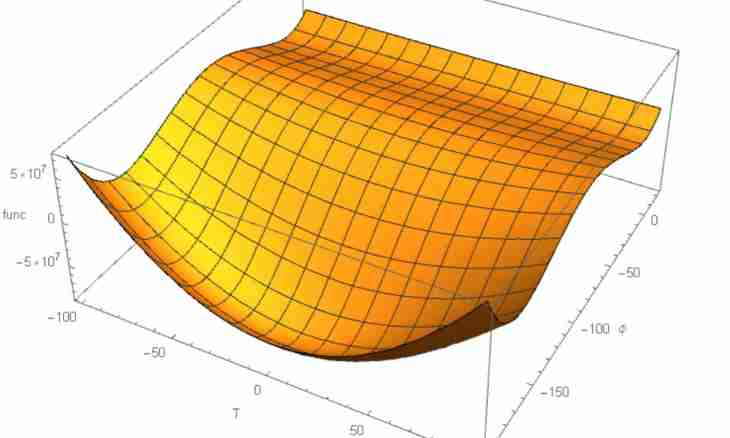At the description of vectors in a coordinate form the concept radius vector is used. Where initially the vector lay, all the same its beginning will coincide with the beginning of coordinates, and the end will be designated by its coordinates.
Instruction
1. Radius vector can be written down as follows: r=r (M) =x∙i+y∙j+z∙k. Here (x, y, z) – Cartesian coordinates of a vector. It is not difficult to present a situation when the vector can change depending on any scalar parameter, for example, of t time. In this case the vector can be described as the function of three arguments set by the parametrical equations of x=x (t), y=y(t), z=z(t) that corresponds to r=r (t) =x(t) ∙i+y (t) ∙j+z (t)∙k. At the same time the line which in process of change of parameter t is described in space by the end radius vector is called a vector godograf, and the ratio of r=r (t) is called a vector function (vector function of a scalar argument).
2. So, the vector function is the vector depending on parameter. Can write down a vector function derivative (as well as any function presented in the sum form) in the following form: r '=dr/dt=r’ (t) = x’ (t) ∙i+y’ (t) ∙j+z’ (t) ∙k. (1) The derivative of each of entering in (1) functions is defined traditionally. The same way the situation and with r=r(t) where increment of ∆r also a vector is (see fig. 1).
3. Owing to (1) it is possible to come to a conclusion that rules of differentiation of a vector function repeat rules of differentiation of usual functions. So the derivative of the sum (difference) – is the sum (difference) of derivatives. At calculation of a derivative of a vector on number, this number it is possible to take out for the sign of a derivative. For a scalar and vector product the rule of calculation of a derivative of performing functions remains. For the vector work [r(t), g(t)]’ = [r’ (t), g(t)]+ [r(t)g’ (t)]. There is one more concept – performing scalar function on vector (here the rule of differentiation of performing functions remains).
4. A particular interest is represented by a vector function of length of an arch of s on which the end of a vector, Mo counted from some initial point moves. It is r=r(s)=u(s) ∙i+v (s) ∙j+w (s)∙k (see fig. 2). By means of fig. 2 try to find out the geometrical meaning of a derivative of dr/ds.
5. The piece of AV on which ∆r lies is an arch chord. At the same time its length is equal to ∆s. It is obvious that the arch length relation to length of a chord aspires to unit at ∆r, tending to zero. ∆r=r ∙ (s + ∆s) - r(s), | to ∆r |= to |AB|. Therefore | to ∆r / ∆ s | and (at ∆s tending to zero) is equal in a limit to unit. The derivative received at the same time is directed on a tangent to curve dr/ds=&sigma – a single vector. Therefore, it is possible to write down also second derivative (d^2) of r / (ds) ^2=(d/ds) [dr/ds] =d&sigma/ds.

